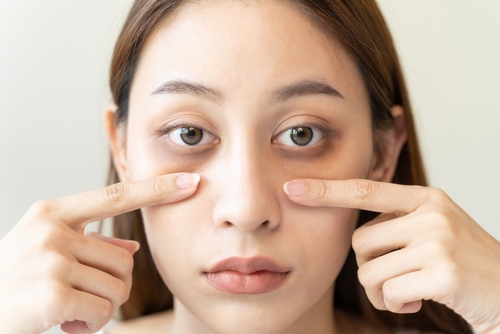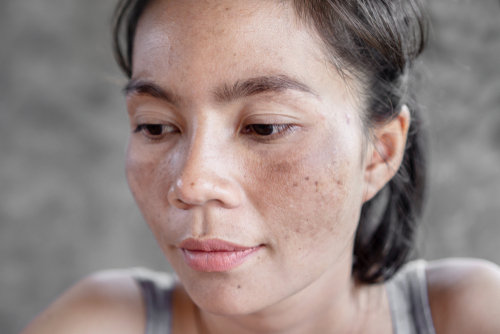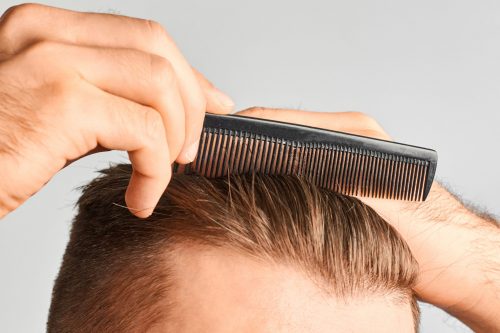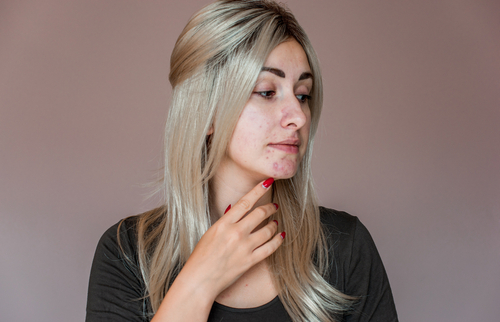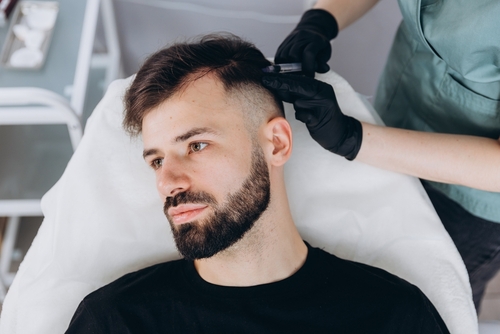
Platelet rich fibrin (PRF) is the newest generation of PRP treatment. Unlike traditional PRP, PRF is allowed to clot to promote better healing after injection. Thus, patients often wonder if PRF injections are more painful than PRP injections. Let’s take a closer look at the frequently asked question, “Does PRF hurt?”
Platelet rich fibrin injections do not hurt significantly more than PRP injections. It is injected in small amounts across the scalp, making the clot contained in PRF be distributed throughout the treatment area. This then stimulates the healing process and increases blood flow. In the case of hair restoration, this can help grow new hair and repair hair follicles.
There is some expected discomfort associated with both PRP and PRF injection treatments. Your injector will usually apply a topical anesthetic to numb the area before beginning the treatment. In cases where a large area is treated, they may reapply numbing cream or use longer lasting lidocaine injections.
To learn more and schedule a consultation, call us at 206-279-2112. You can also reach out online via chat or contact form.

